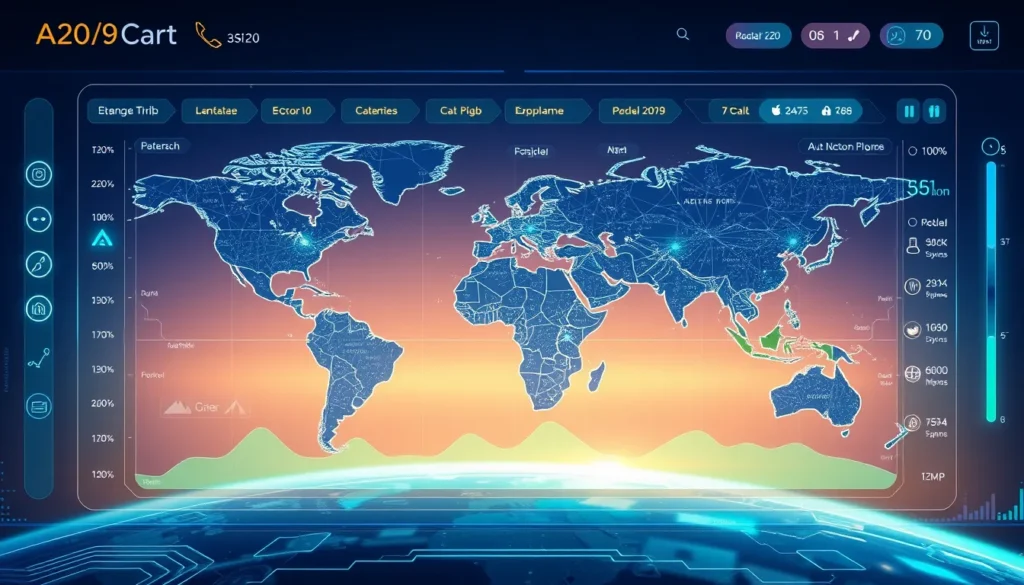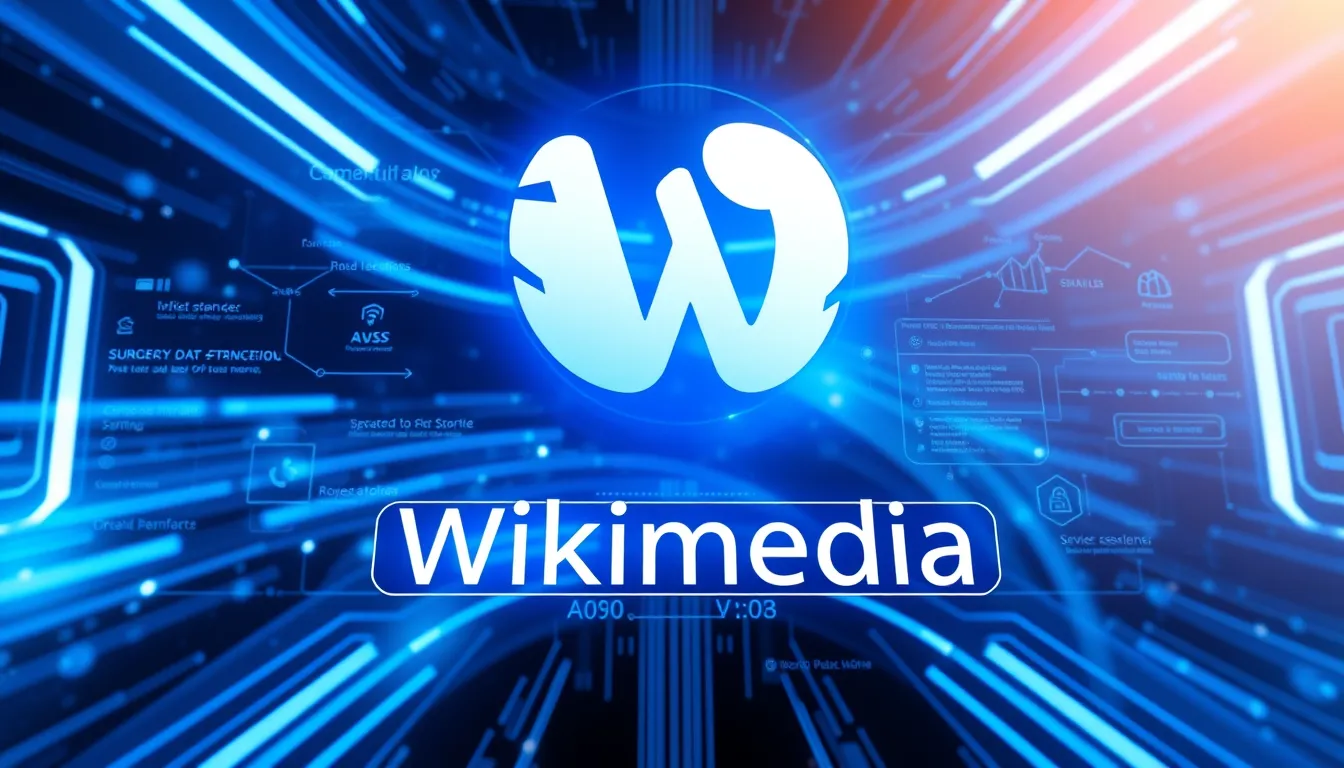Now Reading: EU AI Adoption: Balancing Regulation and Innovation
-
01
EU AI Adoption: Balancing Regulation and Innovation
EU AI Adoption: Balancing Regulation and Innovation

EU AI Adoption: Balancing Regulation and Innovation
Introduction
The landscape of artificial intelligence is rapidly evolving as nations grapple with the need for technological innovation while trying to enforce necessary regulatory measures. In Europe, the concept of EU AI adoption has emerged as a critical area of discussion. As technological advancements surge forward, European countries must navigate the fine line between fostering innovation and enforcing ethical regulations. This article explores the dynamics of EU AI adoption, compares it with China AI adoption, and examines the broader implications on global AI competition.
The Current State of EU AI Adoption
EU AI adoption is characterized by stringent regulatory frameworks that are designed to protect citizens while ensuring that AI technologies are deployed responsibly. European Union AI regulation has become a central pillar, striving to balance innovation with compliance and risk management. The focus on privacy, data protection, and ethical use of AI has shaped the way European industries approach technological advancement. In contrast, the more permissive stance in China AI adoption has led to rapid implementation of AI solutions across multiple sectors.
Comparative Analysis: EU vs. China AI Adoption
A direct comparison between EU AI adoption and China AI adoption reveals significant differences in strategy and pace. Below are some key points of contrast:
- Regulatory Environment:
- The EU places high importance on compliance, leading to a slower but controlled pace of AI innovation.
- China, with fewer regulatory hurdles, promotes rapid AI deployment across sectors.
- Innovation Impact:
- The European approach emphasizes protecting ethical standards and human rights, even if it means delaying some advancements.
- Chinese policies are geared towards fast-track deployments, contributing significantly to global AI competition.
- Market Dynamics:
- EU companies operate in a highly regulated space which, while offering safety and compliance, sometimes hampers rapid decision-making.
- In China, lower regulatory burdens foster aggressive tech innovation and swift market penetration.
Impact of Regulatory Environment on AI Innovation
One of the most critical debates in today’s tech world revolves around the impact of the EU regulatory environment on AI innovation. Critics argue that while regulation is necessary, it may inadvertently slow the momentum of new technologies in a competitive global landscape. The current framework often delays project launches and innovation cycles. However, proponents assert that without such regulatory oversight, the risk of misuse and ethical breaches could increase dramatically.
The long-tail keyword, “impact of EU regulatory environment on AI innovation,” is especially relevant in discussions about the need for reform. Recommendations for future policy include:
- Revisiting current regulatory frameworks to introduce more flexibility for rapid technological adaptation.
- Encouraging public-private partnerships to foster a collaborative environment between regulators and innovators.
- Aligning European standards with global practices to remain competitive while ensuring robust consumer protection.
Challenges and Opportunities in the Era of Global AI Competition
The debate over EU AI adoption encapsulates broader challenges that governments and businesses face globally. The contrast between the EU’s cautious approach and China’s bold deployment strategies underscores a major issue in global AI competition. Some of the challenges include:
- Balancing regulation with innovation to avoid stifling technological progress.
- Ensuring that ethical standards are maintained without compromising the ability to compete in a fast-paced digital era.
- Protecting consumer privacy and data security amid increasing AI integration in everyday business processes.
Despite these challenges, there are significant opportunities for the EU. There is growing recognition that a measured approach can lead to highly sustainable and ethical AI solutions. Key opportunities include:
- Development of advanced AI technologies that prioritize both innovation and consumer safety.
- Strengthening international collaborations that enable cross-border tech ecosystems, which can eventually boost European digital competitiveness.
- Setting global benchmarks in AI regulation that serve as models for other regions.
Looking Forward – Balancing Innovation and Regulation
As the debate over EU AI adoption continues, experts call for a balanced approach that facilitates technological progress while upholding rigorous standards. It is crucial for policymakers to integrate flexible, innovation-friendly policies with comprehensive regulatory safeguards.
This nuanced approach will not only ensure that Europe remains at the forefront of AI development but also positions the region as a leader in ethical technology implementations. Emphasizing the importance of both innovation and compliance, the ongoing analysis suggests that a middle path, which includes revising outdated policies and fostering collaborative ecosystems, is the way forward.
Conclusion
EU AI adoption plays a critical role within the global framework of AI innovation and regulation. By comparing it with China AI adoption and examining the intricacies of the EU regulatory environment, it becomes clear that there is no one-size-fits-all solution. Instead, a tailored approach that addresses the unique challenges of European industries while leveraging the opportunities offered by AI is essential. As the global race in AI continues to intensify, achieving the right balance between regulation and innovation will be pivotal in shaping a secure, ethical, and competitive technological future.
The conversation on EU AI adoption is far from over, and its implications will reverberate through the years. Stakeholders across the board must work together to harness the transformative power of AI while ensuring that human values and rights are not compromised. In doing so, Europe can set the stage for sustainable and responsible technological advancement on the world stage.
By understanding the significance of both regulatory frameworks and market forces, this comparative analysis of EU and China AI strategies offers valuable insights for businesses, policymakers, and technology enthusiasts alike. As global AI competition heats up, the focus on robust yet adaptive policies becomes more vital than ever.

























